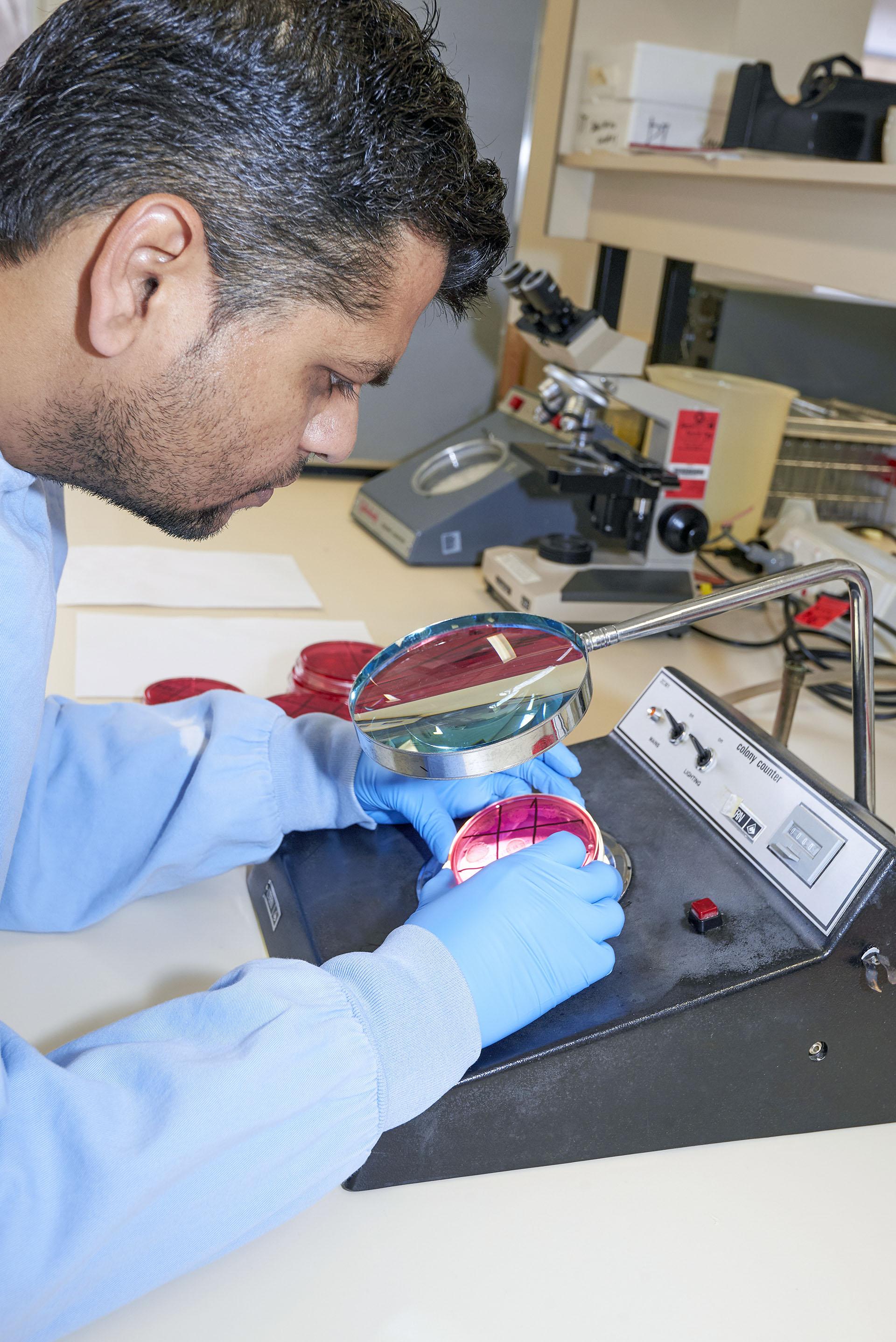Assessing cellular response to bioactive compounds as a prelude to testing in vivo

This project will establish tissue culture and tissue explant systems for the bovine mammary gland.
These will be used to assess toxicity and the response to bioactive compounds that may be suitable alternatives to antibiotics in the management of mastitis. Mastitis is one of the most commercially important diseases for dairy production, resulting in drop in milk yield, veterinary intervention and premature culling of cows.
Current treatment with antibiotics is associated with withdrawal of milk from the food chain and the risk of antibiotic resistance. Alternatives to antibiotics for the management of mastitis may be more effective and more sustainable.
Key methodology:
- In vitro tissue culture will be initiated using established transformed (continuously) growing cell lines. This will teach sterile techniques and how to manipulate cells in culture.
- These cells will then be subjected to in vitro exposure to toxins and known bioactive compounds and responses characterised at the level of survival and cell morphology, and through the expression of stress genes.
- Novel compounds will then be tested to assess their effects on the cultured cells.
- Depending on progress an explant system will be established from the mammary epithelium to assess the effect of selected compound/s this tissue from the target organ.
Study production animal health
Management of domestic animals can have a large effect of the expression of genetics at the phenotypic level. It is now know that maternal diet can have a lasting effect on the performance of their progeny and even subsequent generations.
Professor John Williams is interested in this genotype by environmental interaction and how this affects the performance of animals, particularly in complex traits such as reproduction and disease response.

Supervisors
Co-supervisors: Associate Professor Kiro Petrovski
Research area: Production animal health; ruminant science
Recommended honours enrolment: Honours in Animal Science
